Rising Demand in Agriculture
The Specialty Zeolite Market is experiencing a notable increase in demand from the agricultural sector. Zeolites are utilized as soil amendments, enhancing nutrient retention and improving soil structure. This is particularly relevant as the global population continues to grow, necessitating more efficient agricultural practices. According to recent data, the use of zeolites in agriculture can lead to a 20% increase in crop yields, which is crucial for food security. Furthermore, the trend towards organic farming is likely to bolster the demand for natural soil enhancers like zeolites. As farmers seek sustainable solutions to improve productivity, the Specialty Zeolite Market is poised for growth, driven by these agricultural applications.
Innovations in Material Science
The Specialty Zeolite Market is experiencing a wave of innovations in material science, leading to the development of advanced zeolite formulations. These innovations are enhancing the performance characteristics of zeolites, making them suitable for a wider range of applications, including pharmaceuticals and electronics. The introduction of engineered zeolites with tailored properties is likely to open new avenues for market growth. As industries seek high-performance materials to meet stringent regulatory and performance standards, the Specialty Zeolite Market stands to benefit from these advancements. The potential for customized zeolite solutions could significantly impact market dynamics in the coming years.
Growth in Petrochemical Industry
The Specialty Zeolite Market is benefiting from the growth of the petrochemical sector, where zeolites serve as catalysts in various chemical processes. The increasing demand for petrochemical products, driven by the automotive and packaging industries, is likely to enhance the utilization of zeolites in refining and chemical production. Recent market analyses suggest that the petrochemical industry is expected to expand at a rate of 5% annually, which could translate into increased demand for zeolite catalysts. This trend underscores the importance of zeolites in optimizing production efficiency and reducing environmental impact, thereby solidifying their role in the Specialty Zeolite Market.
Expansion in Water Treatment Applications
The Specialty Zeolite Market is witnessing significant expansion in water treatment applications. Zeolites are effective in removing heavy metals and other contaminants from water, making them invaluable in both industrial and municipal water treatment processes. The increasing regulatory pressure to maintain water quality standards is likely to drive the adoption of zeolite-based solutions. Recent statistics indicate that the water treatment segment is projected to grow at a compound annual growth rate of 6% over the next five years. This growth is fueled by the need for sustainable and efficient water purification methods, positioning the Specialty Zeolite Market as a key player in addressing global water quality challenges.
Increasing Focus on Environmental Sustainability
The Specialty Zeolite Market is increasingly influenced by a focus on environmental sustainability. As industries strive to reduce their carbon footprint and enhance resource efficiency, zeolites are emerging as eco-friendly alternatives in various applications. Their ability to facilitate cleaner production processes and reduce waste is becoming more critical. Recent studies indicate that the adoption of zeolite-based technologies can lead to a reduction in energy consumption by up to 30% in certain industrial processes. This growing emphasis on sustainability is likely to drive demand for zeolites, positioning the Specialty Zeolite Market as a key contributor to environmentally responsible practices across multiple sectors.


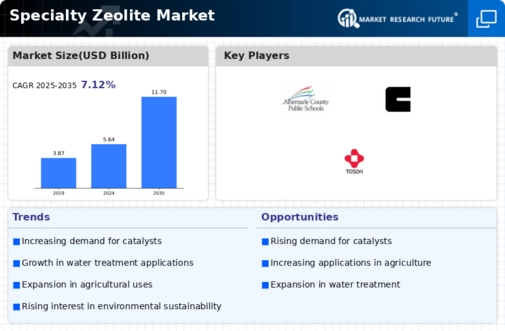


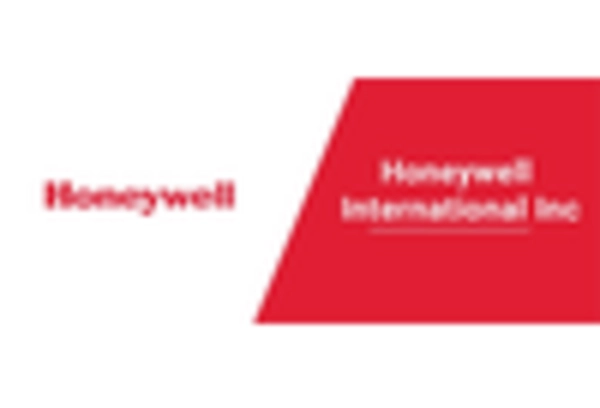
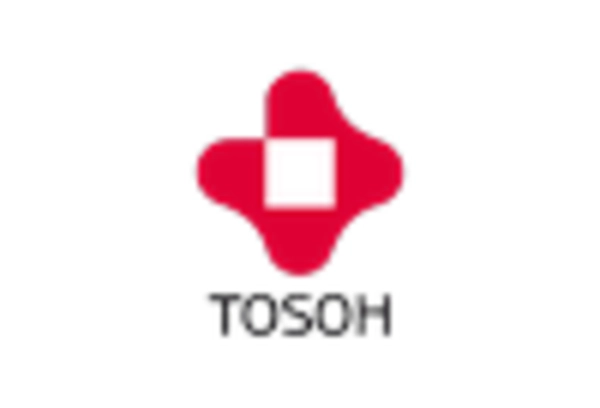
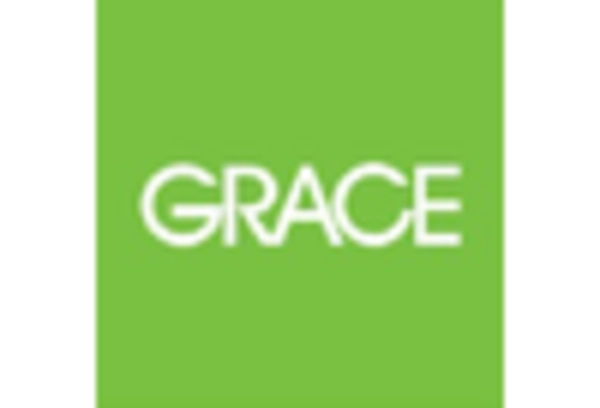
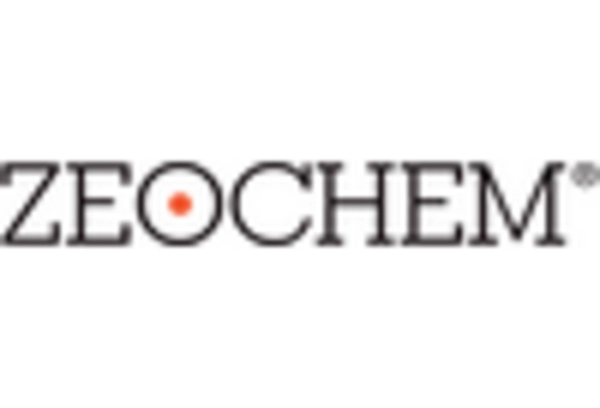








Leave a Comment